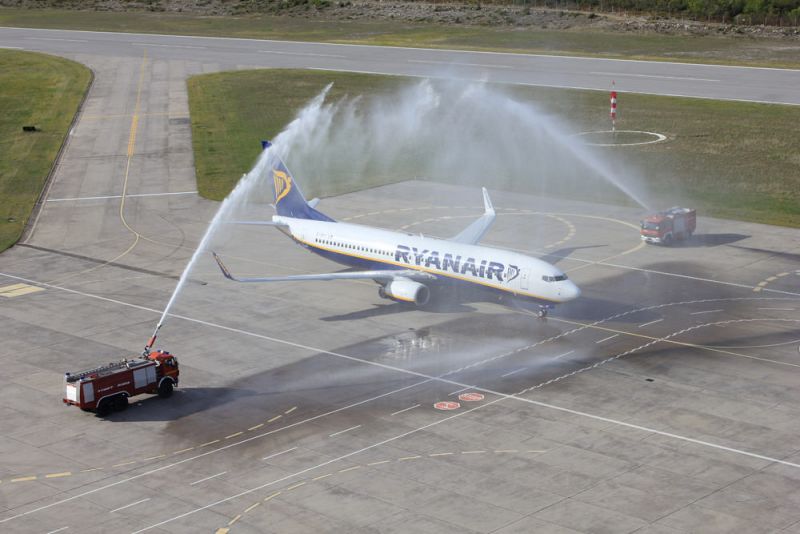New Filter Removes Run-off Chemicals
Published on by Water Network Research, Official research team of The Water Network in Technology
The filter will first be used to recover aircraft de-icing chemicals. In the future, it will also be used in urban areas to remove environmental toxins, pollution and probably microplastics.
SINTEF and NTNU have been conducting experiments with a new filter that can decontaminate surface run-off from airport runways. Following several laboratory tests, they have found that a correctly-designed filter with an optimal filter medium can remove the chemicals used during de-icing. But the system can also be used in towns and cities where asphalt and other surface materials contribute to run-off that is often highly contaminated. This winter, the filter will be tested at Sola airport in south-west Norway.

Representative image, Source: Wikimedia Commons, Labeled for Reuse
Sucks up chemicals and polluted water
“In the lab, we tested the filter using samples of surface water from Værnes airport that contained chemicals and sediments”, says SINTEF researcher Kamal Azrague. “The filter medium worked very well, but we saw that it was necessary to add some nutrients in order to enhance biological activity and make the decontamination process more efficient”, he says.
Azrague is the man behind the experiments, in collaboration with his colleague Gema Raspati, NTNU Professor Tone Merete Muthanna and student Hanna Kristine Haug Lindseth.
The filter, which was originally used for water decontamination, has now been modified and tested, and will this winter be ready for use at Sola airport. This is important because the use of chemicals increases during the winter months, causing surplus water to contain higher concentrations of biologically decomposable organic materials. When it runs off into the fjord adjacent to the airport, it promotes biological activity and reduces the oxygen content of the seawater, thus reducing its quality.
Once the filter has removed the chemicals, these are then decomposed by the bacteria in the filter and end up as biological residues.
This research project is part of the “Klima 2050” programme organised by SINTEF and NTNU to address issues linked to the effects at airports of increasing levels of climate change. Researchers are working together with Avinor and industrial partners Leca and the Skjæveland Group.
Originally used in wastewater systems
The filter is based on so-called filter bed technology. The device contains a filtering system that includes a bed of Filtralite, which is a specialised product manufactured by Leca for water and wastewater decontamination.
The advantage of this system, according to the researchers, is that it combines a large, moist surface area with a porous core that acts as an excellent habitat for the microorganisms used to remove the aircraft de-icing chemicals. Results so far indicate that a 20 centimetre-thick filter bed is the most efficient.
The company Storm Aqua (a subsidiary of the Skjæveland Group) has built the filter system containing Filtralite.
“We have implemented this in the pilot system that will be tested at Sola”, says Raspati. “There we will see how the filter works in the real world”, he says. “It will be exciting to see how much decontamination we can succeed in removing. If the results are positive, this system could be used at airports as a means of improving the ecosystems in adjacent fjords. Our industrial partners are also excited, and are envisaging major economic opportunities”, says Raspati.
Read full article: SINTEF
Media
Taxonomy
- Treatment
- Filtration
- Filters
- Wastewater Treatment
- Wastewater Collection
- Filtration
- water treatment
- Stormwater Runoff
- Airline
- Air Transport
- Airports